
Iconic but long neglected, the palm grove is now protected. The Mohammed VI Foundation for Environmental Protection is now the general contractor of its protection plan and mobilizes all efforts.
In Marrakech, the palm grove is inseparable from its identity. Since its founding in 1064, it has been the city’s nurturing mother. The city drew from the palm grove its food, raw materials for handicrafts, and fuel for its furnaces. It surrounded the city in a green setting up to the foot of the ramparts, where locals recreated and found inspiration and joie de vivre, this splendor celebrated by poets’ and singers’ eloquence.
But it has lost much of its area in less than a century. It now covers between 6,000 and 12,000 hectares, according to the definition provide for its coverage and its characteristics. What remains is deteriorating rapidly. The pace of withdrawal has been accelerating during the last thirty years.
This situation is due to various reasons. The palm grove, formerly the city’s agricultural garden, lost its farmers when they converted into more lucrative businesses, while large modern farms in the Haouz plain took over the agricultural production. Without agriculture, the traditional irrigation system, underground khettaras and surface séguias, was phased out, leaving the palms to their fate. If, on the perimeter of the Tensift river, the roots of palm trees could reach depths of 15 meters to draw water directly from the aquifer, the lowering of the water table of over 40 meters through over- pumping with modern irrigation has deprived the grove of groundwater resources.
Urbanization is another challenge for the palm grove. If a Royal Decree of 1929 theoretically protects the grove, it is under the pressure of tourism, residential and commercial development, operating on exceptions to the master plan. The functioning of douars or villages has also changed: in the past they were primarily agriculture-based and are now becoming urban. Catalyzed by demographics and rural exodus, they have proliferated over the past half-century. Finally, the palm grove, an open space, is a victim of uncontrolled dumping of rubble and garbage, pollution that has accumulated over time.
The alarm was sounded as early as the nineties, with the birth of urbanization. But it was only in 2006 that the Mohammed VI Foundation for Environmental Protection, on the King’s instructions, launched a protection plan and mobilized public and private stakeholders for its success.
This plan began by establishing an institutional mechanism for protection, by strengthening the legal arsenal and ensuring compliance with existing rules, including urban planning. The palm grove surface area has been demarkated, taking its maximum area, equal to 12,000 hectares of which 12 m0 000 contain palm trees.
The Oulja marshes are still preserved from urbanization because they are swampy. They are being classified as a Site of Biological and Ecological Interest (SIBE), which will give it the status of a veritable nature reserve covering 250 hectares, protecting the rich flora and wildlife that live there: 15 mammal species, 24 reptile species and 49 bird species, including some rare ones such as the mongoose, purple herons and squacco herons, or glossy ibis. The SIBE classification will enable the preservation of a remarkable and completely natural site.
The replanting efforts have begun. The municipality established a nursery with a capacity of 80,000 plants per year for replanting. Varieties have been selected for their adaptation to the Marrakech climate. The date palm needs an accumulation of hot days to grow, and only the early varieties succeed. The climate on this side of the Atlas also is colder than on the Saharan side. Bou Feggous, a popular edible variety, was multiplied in vitro and raised in the nursery.
To date, the nursery has produced 660,000 palm trees and 520,000 palm trees have been replanted in five years, more than planned for under the program. It also has stock of 140,000 seedlings.
Nearly 15,000 dead palms were cleared out. A total of 38,000 tons of rubble that had been illegally dumped in the palm grove has been removed, as well as 50 tons of plastic waste. To irrigate the young trees, water tanker trucks were first used. Wells with solar pumps were later installed in the center of the site.
Today, an ambitious irrigation program has been initiated. Two hydrants were installed in the penstock that carries the treated wastewater from the treatment plant to the golf courses, one in the East and another in the West. This system replaces the direct application of untreated wastewater, which was ironically the only regular source of water supply to the swamp. These two water networks taken will irrigate 1,000 hectares in drip irrigation or seguia, an open canal for irrigation. This program will require 100 million dirhams, which presents a problem for funding. 40 million dirhams are financed by RADEEMA, and the Mohammed VI Foundation is mobilizing partners to finance the remaining requirements. The Foundation also established a carbon credit mechanism that enabled large Moroccan companies such as the Caisse de Depot et de Gestion (CDG), ONA, OCP, Lafarge, etc., to fund the planting of 30,000 palm plants.
The slums have been cleared. Outreach efforts for the inhabitants of the palm grove douars were conducted to raise awareness of the issues, in order to make them allies of its protection. The children received bikes; classes are facilitated within the activities of Eco-Schools program and invited to plant palm trees, etc. Social actions, such as the creation of income-generating activities for women of palm grove douars were conducted.
To secure all this work and prevent further pollution, a squad of cavalry auxiliary forces was created. Housed in the heart of the palm grove, twelve mounted guards patrol seven days a week, 24 hours a day to protect the palm grove.
In 2006, the Palm Grove Observatory was created to engage the civil society in the protection process. To restore the enjoyment of the palm grove for city residents, a walking path of 5.2 km was created.
Seven years after the launch of the program, the results are encouraging. The palm grove area has been defined, its assets have been inventoried, and the degradation process has been stopped. Tools for its supervision and protection are in place.
The only downside is that urbanization is difficult to contain. A total of 500 hectares of buildings have been allowed on the site within 20 years. In the absence of an urban plan for the city, which has yet to be published, almost everything seems permissible and recommendations to reduce urbanization in the palm grove have no effect.

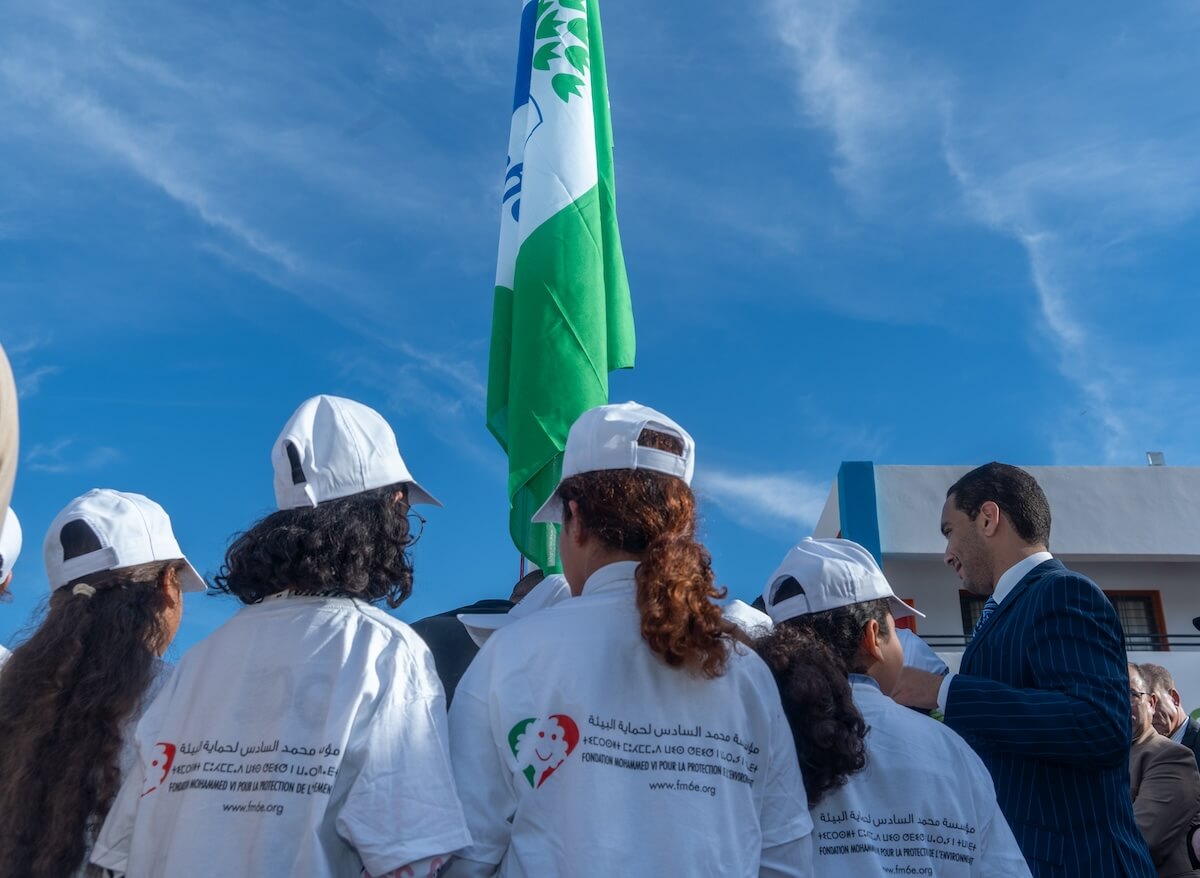
Acquisition of the Green Flag by 89 schools for the academic year 2022/2023: A new record in the Eco-Schools program!
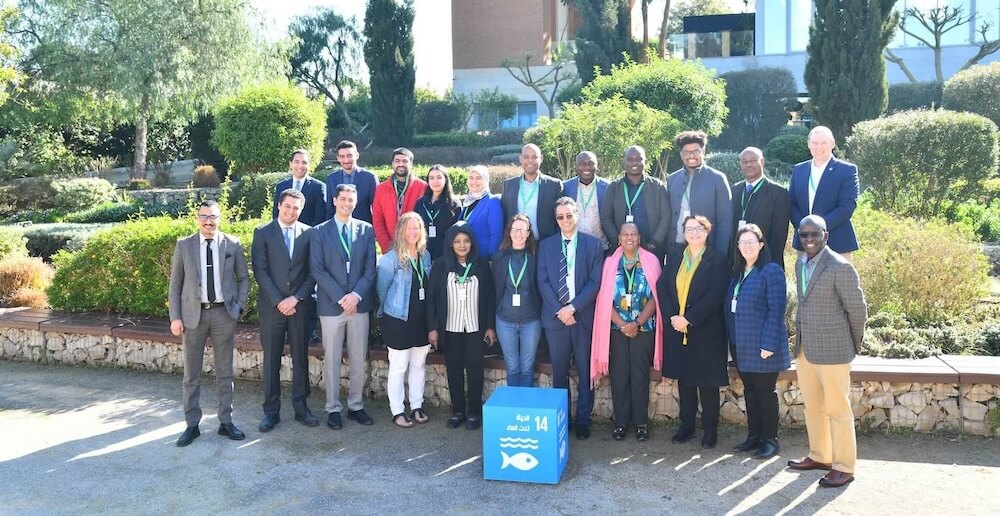
The Mohammed VI Foundation for Environmental Protection hosts the 2nd day of the African Ocean Decade Taskforce Meeting
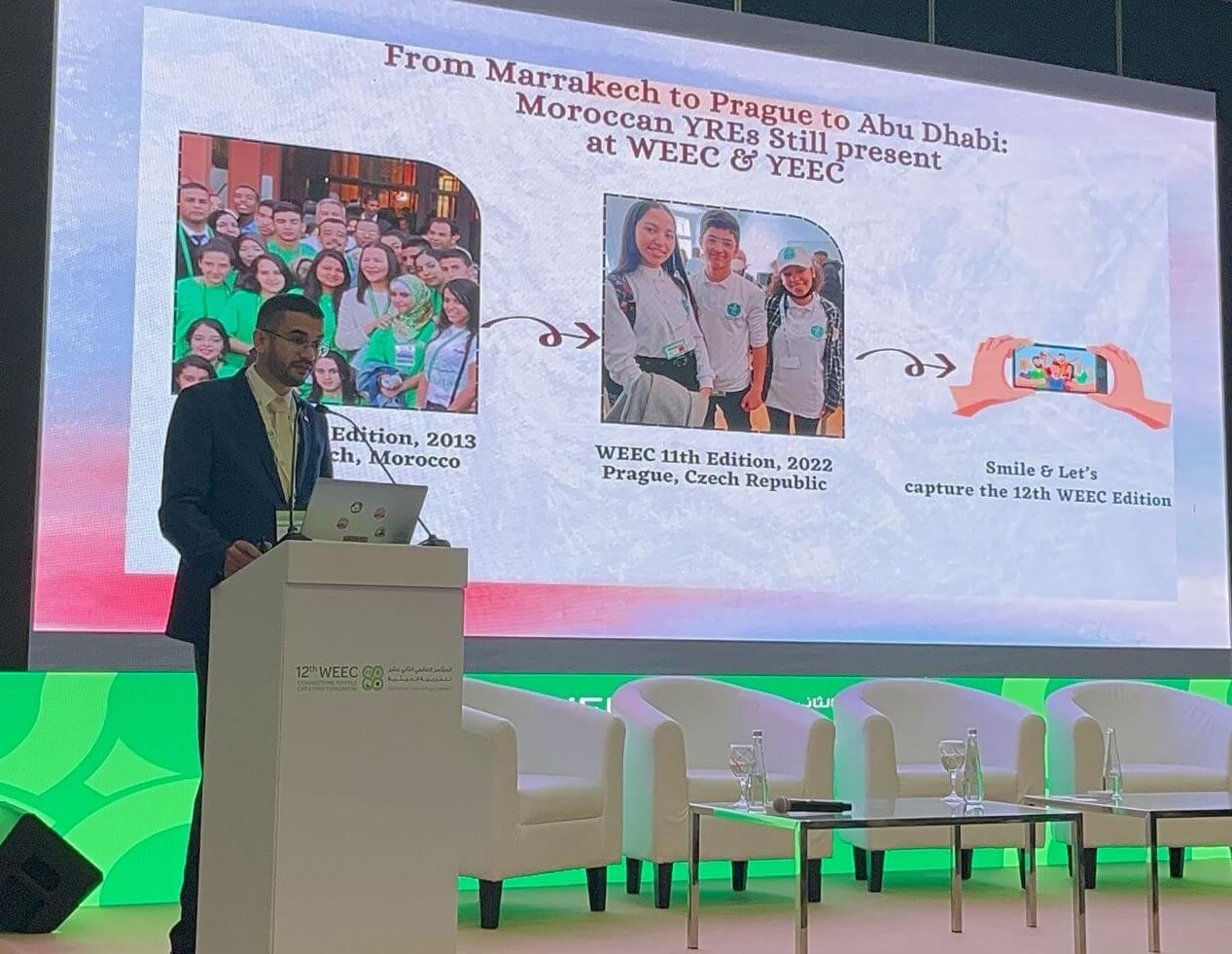
The Mohammed VI Foundation for Environmental Protection at the 12th WEEC, in Abu Dhabi
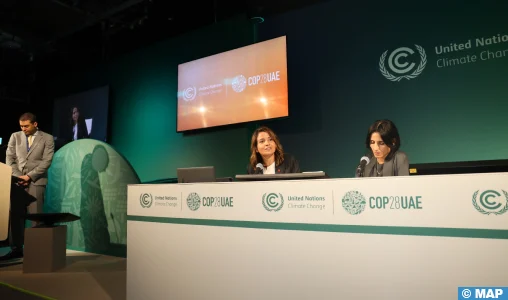
Side event at COP28 : Tracking Africa’s Climate Journey: Successes and Opportunities
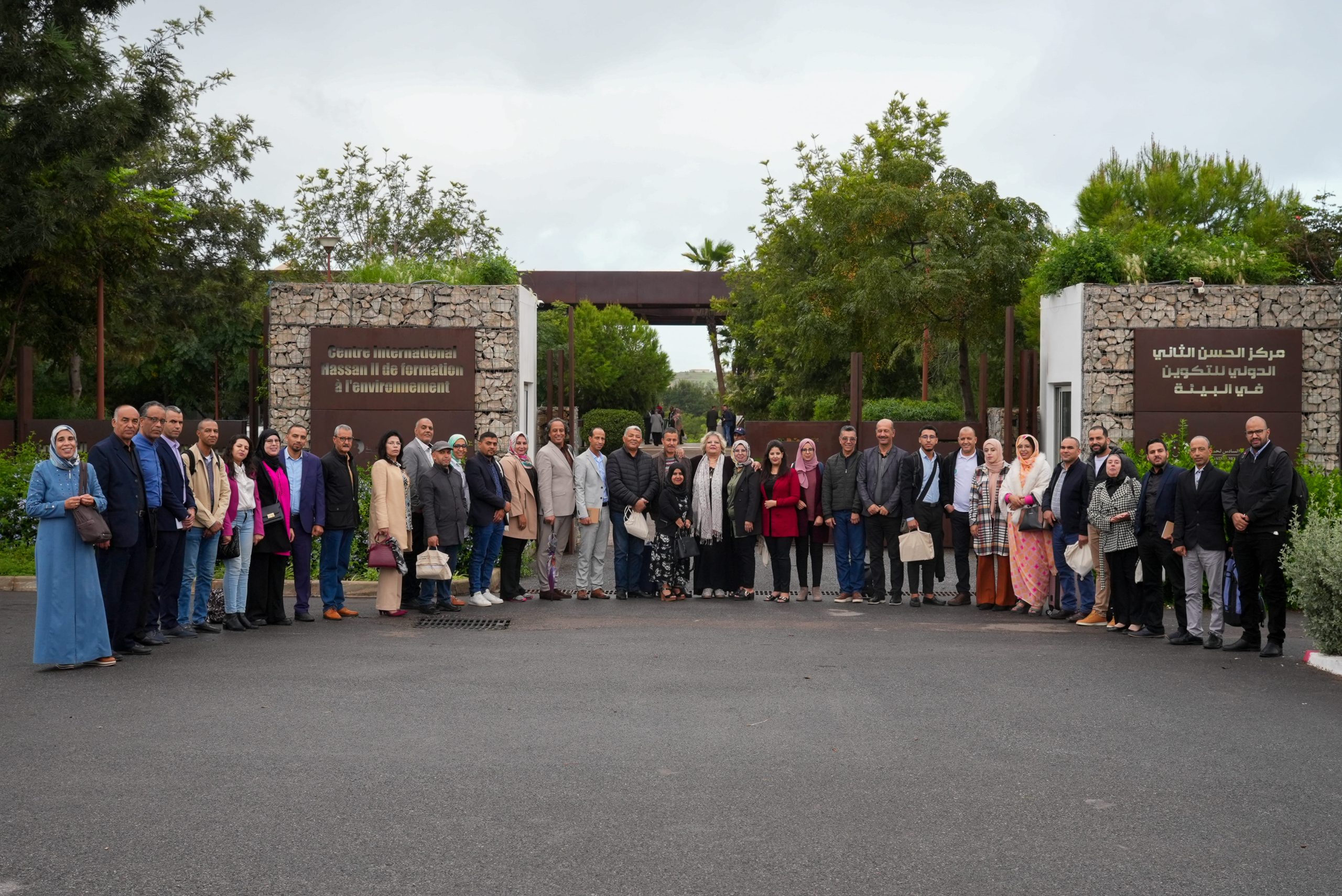
National Training Workshop for 94 Sustainable Development Education Coordinators:
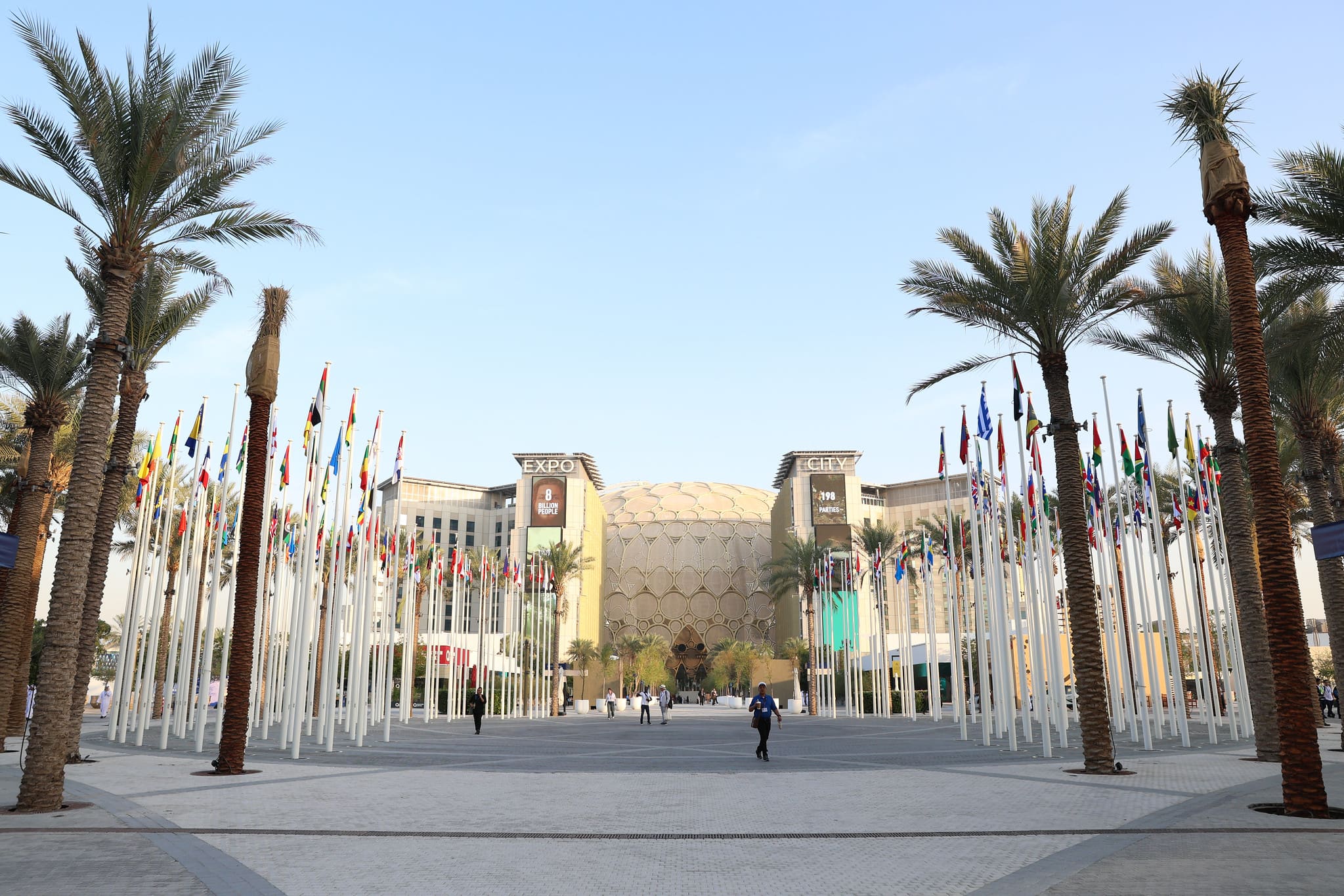
The Mohammed VI Foundation for Environmental Protection takes active part in COP28 in Dubai

Interview with Young Reporters for the Environment with Mrs. Leila BENALI, Minister of Energy Transition and Sustainable Development of Morocco
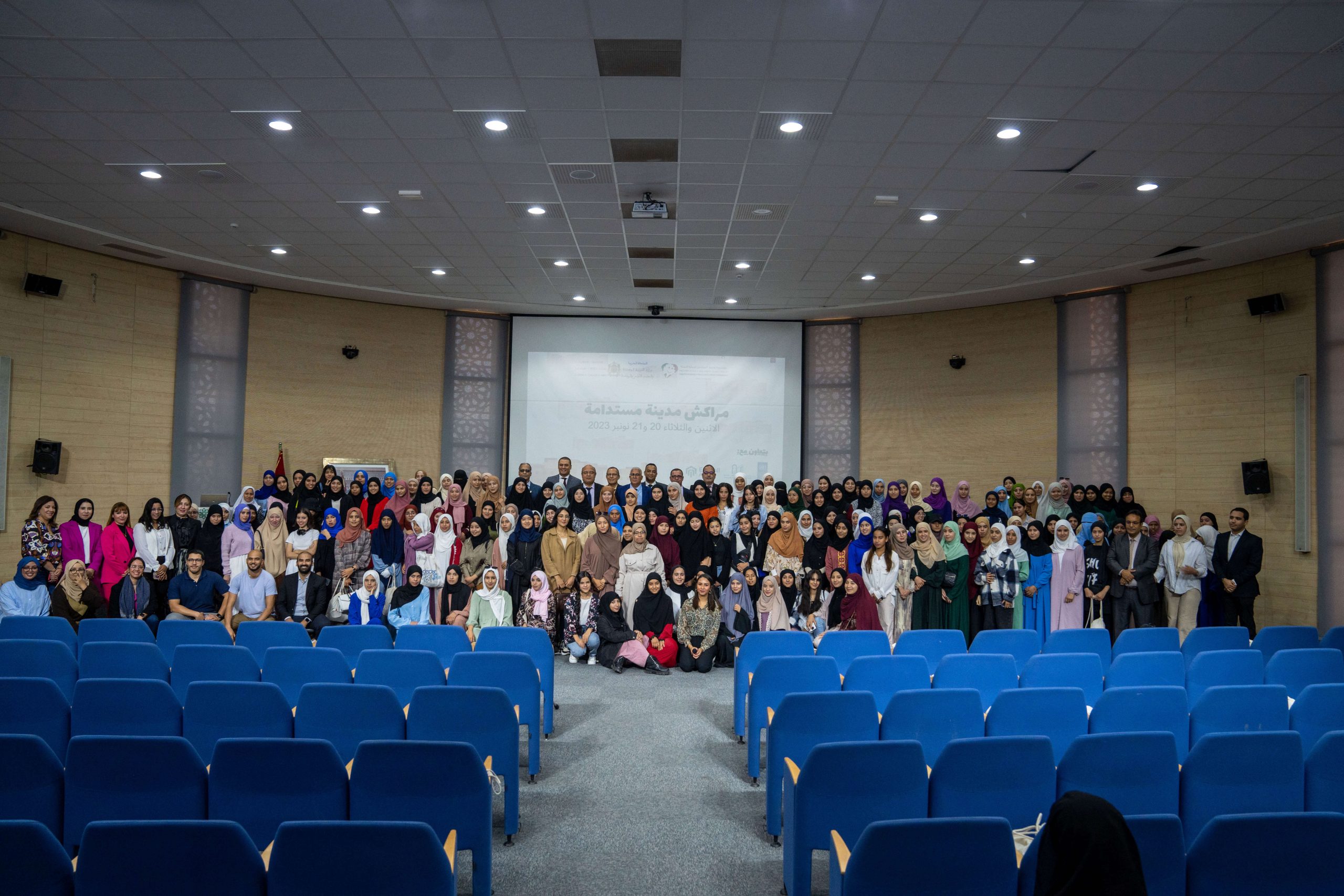
Marrakech Sustainable City: An initiative for 650 of the youth affected by the earthquake




